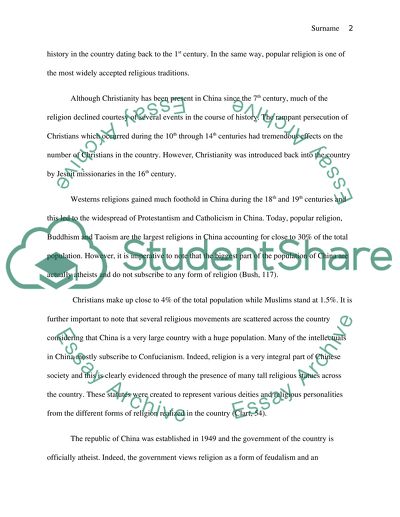Cite this document
(“Chinese Current Religion Development Situation Term Paper”, n.d.)
Retrieved from https://studentshare.org/history/1404390-chinese-current-religion-development-situation
Retrieved from https://studentshare.org/history/1404390-chinese-current-religion-development-situation
(Chinese Current Religion Development Situation Term Paper)
https://studentshare.org/history/1404390-chinese-current-religion-development-situation.
https://studentshare.org/history/1404390-chinese-current-religion-development-situation.
“Chinese Current Religion Development Situation Term Paper”, n.d. https://studentshare.org/history/1404390-chinese-current-religion-development-situation.


